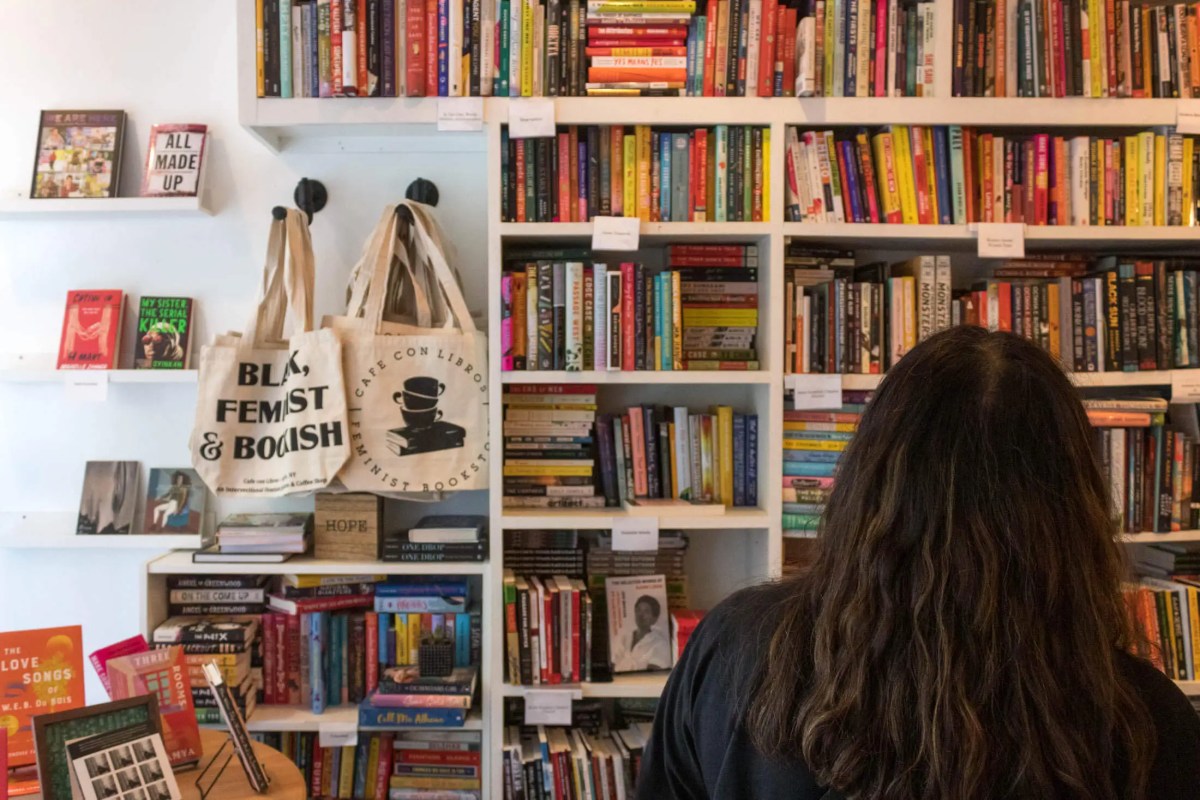One of Queens’ busiest subway stations is now accessible for all New Yorkers.
MTA officials ceremonially opened on Thursday the fully accessible Queensboro Plaza in Long Island City, making the 110-year-old station easier to navigate for those with disabilities, caregivers with strollers and straphangers who carry a lot of packages.
Nestled above Queens Plaza North and South, with 11 lanes of traffic on the approach to the Ed Koch-Queensboro Bridge, Queensboro Plaza — which serves the 7, N and W trains — has a new 2,100-square-foot mezzanine expansion to improve customer flow.
The station’s sprawling two levels of platform concrete were also redesigned to create the appropriate slope for wheelchair and mobility device users. There are now raised boarding areas and station’s stairs that were updated to meet Americans with Disabilities Act (ADA) standards.
Queensboro Plaza is the sixth station that the MTA opened this year with full accessibility. It is a key connection point within the city for nearly 100,000 daily subway riders.
“In the last couple of years, the MTA construction development has emerged as perhaps the premier infrastructure developer in the region,” MTA Chair and CEO Janno Lieber said. “One proof point is that we are doing these ADA projects five times as fast as the MTA used to do them.”
The MTA is under a federal court order to make 95% of its subway stations accessible by 2055, 31 years from now; currently, about 30% of the Big Apple’s 472 subway stations comply with the ADA, far behind the transit systems of other cities around the globe.
According to the MTA, accessibility upgrades are underway at 36 subway stations in the city. Although congestion pricing will pay for more accessibility projects, the federal government is contributing $74 million to the ongoing effort.
NYC government is also chipping in, Lieber said, highlighting that Queensboro Plaza will get an additional elevator next year on its north side, paid for by the city’s zoning for accessibility program. MTA officials developed the program in collaboration with the NYC Department of Planning, adding that New Yorkers will not pay for the construction.
“We’re going to be getting another elevator that is paid for by the developer at no cost to the public,” Lieber said.

Jamie Torres-Springer, president of the MTA’s construction and development, said an outside developer, Grubb Properties, helped to build, maintain and fund the project.
“So we’re getting an even better facility at no cost to the MTA,” he said.
The next package of ADA work will begin next week at five more subway stations, including Burnside Avenue on the 4, Avenue I on the F, Myrtle Avenue-Broadway on the J, M, Z, and Norwood Avenue on the J and Z.
Springer added that the Middletown Road station on the 6 train in the Bronx is also part of the capital plan.
“We’ll be moving that long-awaiting station into construction as well,” he said.
Congestion pricing becomes active on Jan. 5, so the MTA will soon have additional funds to proceed with additional ADA upgrades at Parsons Boulevard on F, Briarwood on the E and F, and Gates Avenue on the J and Z in Brooklyn.
“We will get to 50% of our 472 subway stations accessible in the next capital plan,” Springer said.
According to the MTA, other priority projects that the $9 base toll congestion pricing program will help cover include improvements to signal systems, new railcars, and extending the Second Avenue Subway station.

































